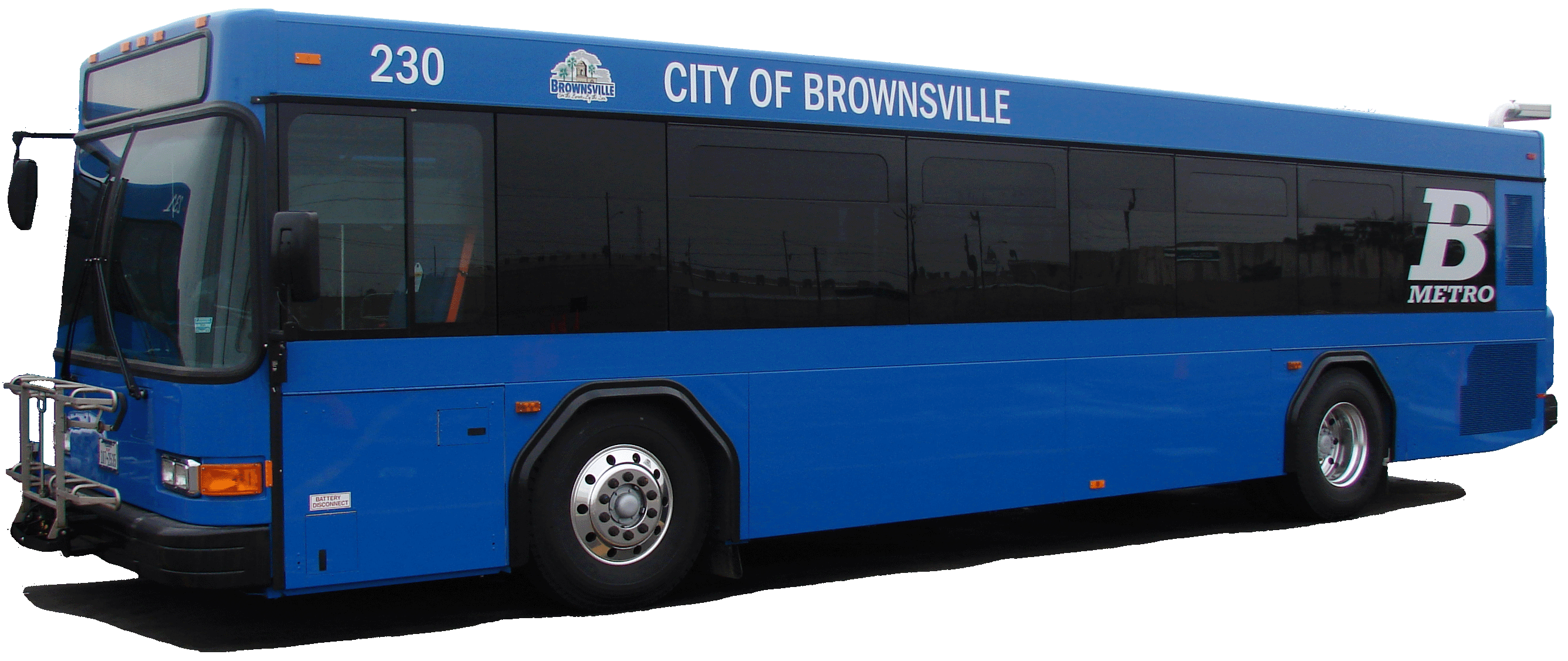
Beginning in 2000, the City of Brownsville began looking for ways to improve public transportation for its residents. The previous terminal was in the historic downtown Market Square, which was the hub of all social and trade activity dating back to the 1850s but was challenged with meeting the growing demand for service. With more than 5,000 passenger trips each day, the City began looking at options for a new transit terminal.
How the project began?
The project developed after a feasibility study was conducted to determine transportation options for the City’s transit services. The study showed that Brownsville had many singular bus stations throughout the community that were disconnected from each other and the City’s public transit system. Another city in the region had established a joint-terminal project where public and private terminals were integrated into one seamless transportation system. Brownsville used this model to build its own joint-station La Plaza at Brownsville Terminal thereby creating a more effective, unified and safer transportation experience for its passengers. Sixteen locations in the City were identified for a possible joint station. The downtown location was chosen because most of the private bus lines were operating there already, and because of the proximity to established businesses, international bridge and the local university.
Was there any conflict between the city and the private bus companies?
Major conflict between the City and private bus companies was avoided because there was no direct overlap or competition between the various routes. While the local service covers routes only within the city limits, the private bus lines cover routes across the country and into Mexico. From the beginning, the private bus companies were involved in the planning meetings. There was a great deal of collaboration around expectations, needs and values. By the time a location was identified, the private companies had already realized the value of creating a joint facility. The private companies recognized that with all the buses in one location, they would have greater access to other parts of the country and could leverage resources. We were also able to build much of the support because similar terminals in other communities had already demonstrated success for all parties. We built La Plaza at Brownville Terminal on the success of similar projects by accommodating more passenger amenities, including additional retail space and administration and operation offices.
What other challenges did you face?
The challenge of funding the project from feasibility to construction were immense. Brownsville acquired funding through federal earmarks and stimulus funding, transportation development credits, de-obligation funds, inner-city bus programs, and $6 million in local funding and in-kind resources. In all, the joint terminal project took 15 years to complete. Another challenge was identifying parking and access to the surrounding businesses during construction. And, the logistics of how the private bus companies would operate out of a temporary facility during the construction of the facility.
What have been the outcomes?
While there has been an increase in ridership and lower costs for the traveler, the most positive outcome has been a facility that is safe and convenient for the traveling public, as well as, the improvement of the image of public transportation in general. The terminal itself has acted as a catalyst for the revitalization of the downtown area by bringing people back downtown, new businesses opening up, and helping students commute to the university.
What does the future hold?
As the region continues to grow, increases in connectivity throughout the region will grow in importance as people spread farther seeking employment, educational opportunities and medical care, which is surely set to happen. With a unified approach to transportation in the region, this project allowed for an opportunity to provide seamless connectivity between the core providers of transportation in the Rio Grande Valley (in regional southeast Texas). Recently, the City created Metro Connect, networking Brownsville’s new joint transit facility with the terminal in McAllen (approximately 60 miles west). Brownsville is also working with South Padre Island to connect with that community as well. As a result, the number of people living in McAllen and working in Brownsville and vice-versa has increased. Ridership increases every month through this public regional transportation network that has been created. Our long-term vision is that when a person in Brownsville uses a bus from the City’s terminal, they will be able to travel directly to any other city in southeast Texas and beyond.
In the summer of 2013, The University of Texas (UT) System Board of Regents announced a plan to unify The University of Texas at Brownsville and The University of Texas-Pan American as a new university in the Rio Grande Valley (RGV). In the unveiled plan, The University of Texas-RGV will house a new health sciences center including a new four-year medical school. UT will invest $100 million in operating and infrastructure costs over the next 10 years. New infrastructure will include a new Brownsville campus and new administrative offices in McAllen. It is anticipated that UT-RGV will become the second largest UT campus in the next few years. La Plaza at Brownsville and the other hubs along with the Metro Connect service will serve as an important transportation link connecting these campuses.
Advice for cities interested in building their own?
Communication amongst agencies about how they can work together is vital. What helped Brownsville move the project forward was looking at the project not just for the benefit of Brownsville but the overall region and understanding how each individual agency can contribute. If the City had tried to enact this project unilaterally, we would not have been as successful. However, through the partnerships that were established we were able to build capacity and see powerful benefits not only locally but regionally.
Learn more at http://bmetro.cob.us/.
New, Reduced Membership Dues
A new, reduced dues rate is available for CAOs/ACAOs, along with additional discounts for those in smaller communities, has been implemented. Learn more and be sure to join or renew today!
